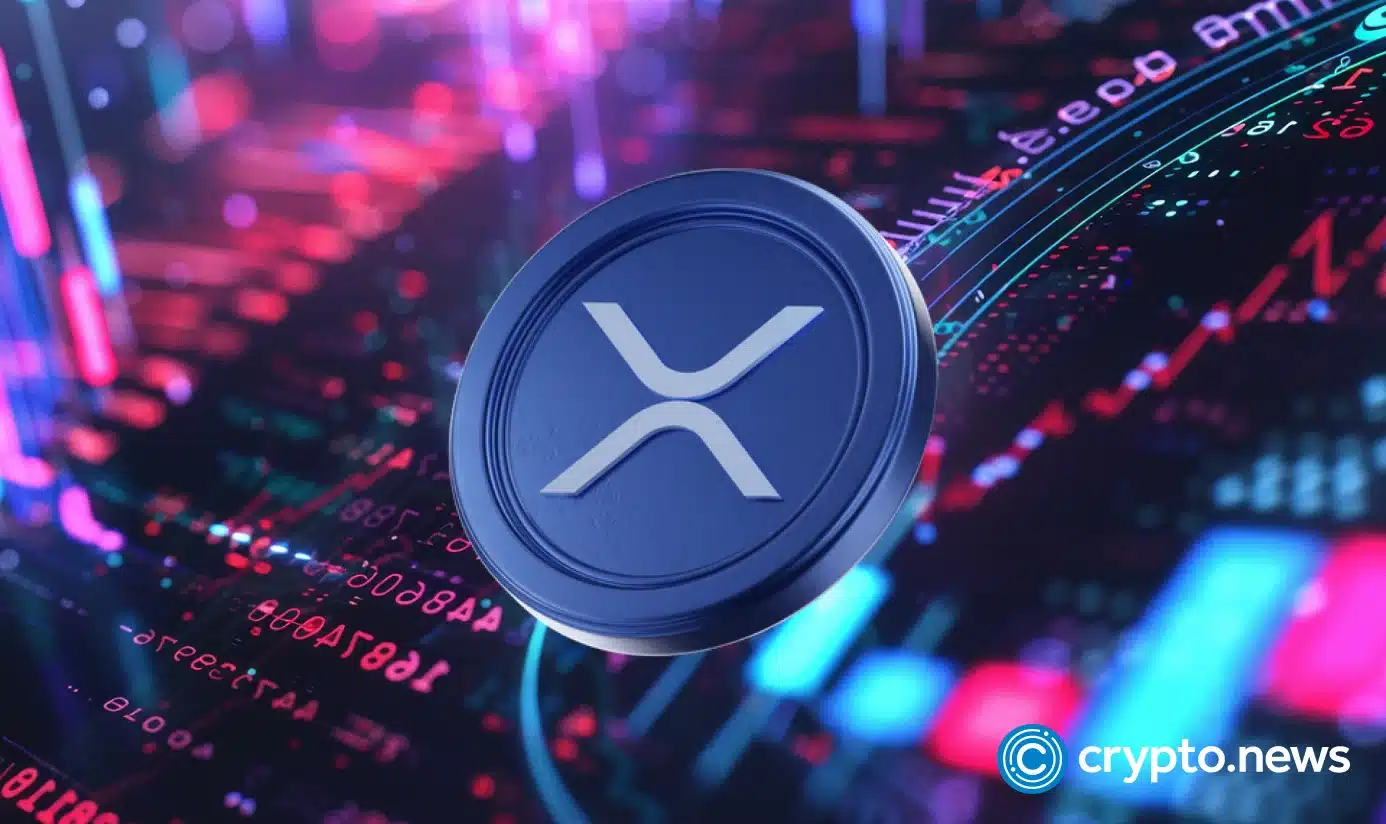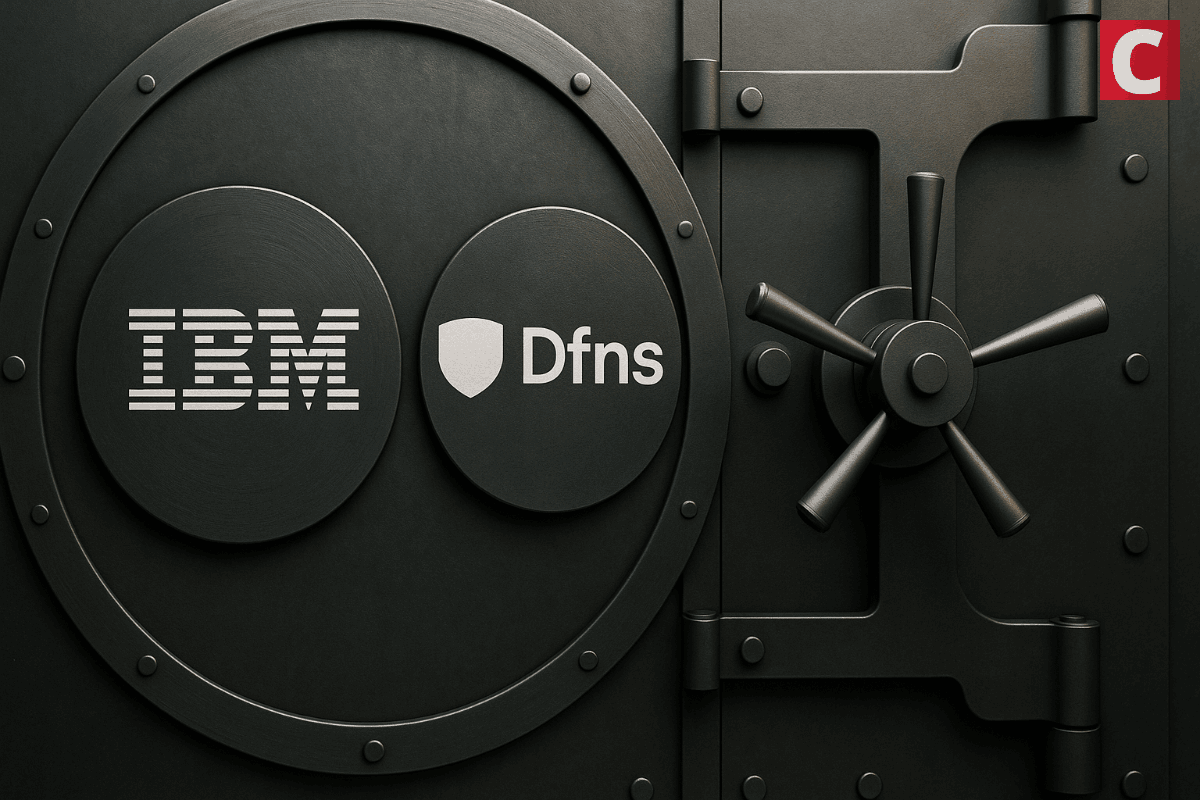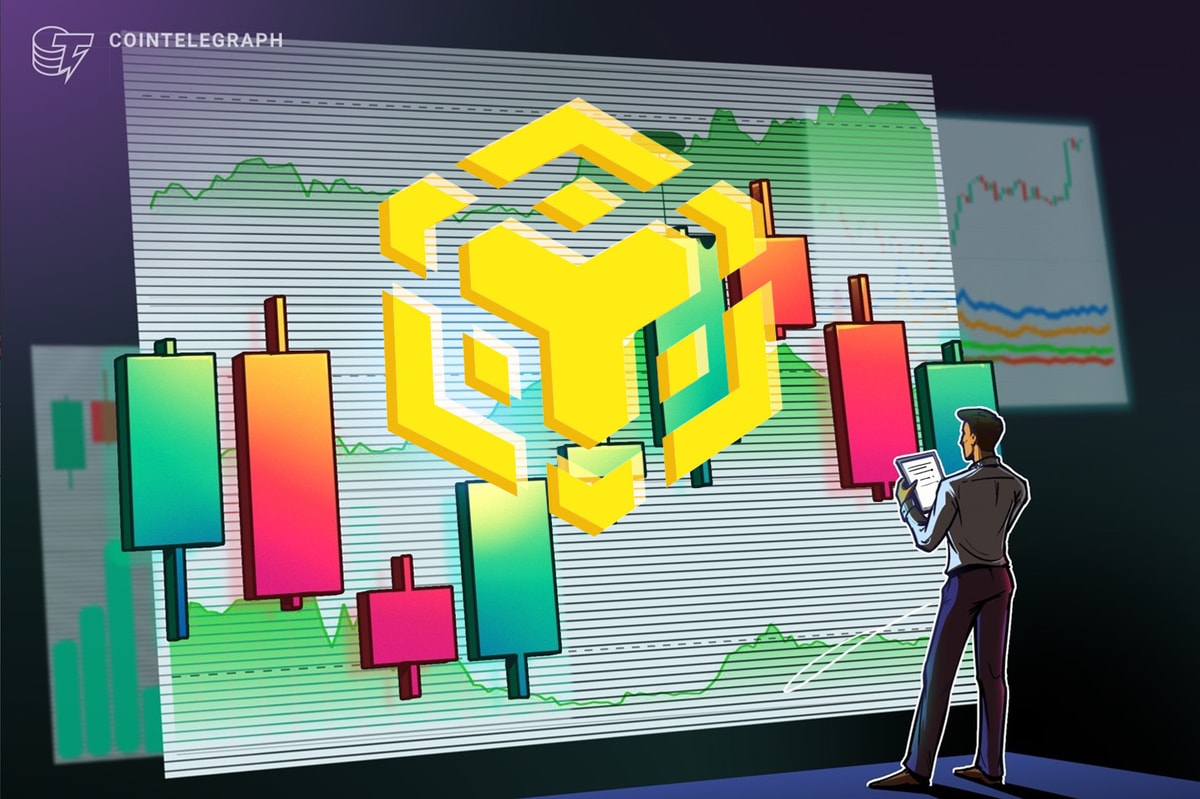Bitcoin, the world’s largest and oldest blockchain, is confronting an existential question of how much data should live on its ledger.
A new proposal, Bitcoin Improvement Proposal 444 (BIP-444), seeks to roll back a recent OP_RETURN upgrade that allowed users to attach text, images, and digital signatures to transactions.
Its supporters call it a necessary defense against legal exposure. However, critics say it’s a misguided overreach that could fracture Bitcoin’s open ethos.
BIP 444
Bitcoin has endured countless ideological battles from scaling wars to environmental disputes. However, only a few have carried stakes this fundamental.
At the center is Luke Dashjr, one of Bitcoin’s longest-serving developers, who is supporting BIP-444, which wants to roll back the controversial update to the OP_RETURN function. That function, part of Bitcoin’s scripting language, allows users to attach small amounts of metadata to transactions.
Earlier this month, Bitcoin Core 30.0 expanded that capacity from 80 bytes to 100,000 bytes, effectively turning Bitcoin into a limited-purpose data ledger.
Its backers argued that the changes would enable timestamping, document verification, and decentralized authentication, without compromising the flagship digital asset’s monetary integrity.
However, Dashjr and others saw danger in the move.
They argued that the update could let anyone upload arbitrary files, including CSAM, directly onto the blockchain.
They furthered that ordinary users would be exposed to legal risk simply for running Bitcoin’s validating software since every full node must store all valid transactions.
According to the proposal:
“It allows a malicious actor to mine a single transaction with illegal or universally abhorrent content and credibly claim that Bitcoin itself is a system for distributing it, rather than a system that was merely abused.”
Considering this, the proposal urges a temporary one-year soft fork that reduces OP_RETURN capacity to 83 bytes, limits OP_PUSHDATA to 256 bytes, and caps ScriptPubKeys at 34 bytes.
The proposal added:
“By enforcing these new rules, this softfork allows the community to reject the standardization of data storage at the consensus level, closing the gap being abused.”
They argued that this patch would give developers time to “refine less restrictive rules” while preserving Bitcoin’s legal neutrality.
The ideological split
Unlike a hard fork, a soft fork does not split the chain immediately. Instead, it simply changes the rules so that old nodes still accept new blocks as valid. That technical subtlety makes BIP-444 so combustible as it touches consensus without triggering an outright schism.
However, the languages in the proposal have raised critical alarms within the crypto community.
The document warns that rejecting the fork could carry “moral and legal consequences” and that dissenters could “end up forking into an altcoin like Bcash.”
Critics called this language coercive, even authoritarian, in a network that prides itself on voluntary consensus.
Canadian cryptographer Peter Todd mocked the proposal’s logic by publishing a test transaction that embedded the entire text of BIP-444 while still complying with its restrictions.
Meanwhile, others were less diplomatic about their criticism of the proposal.
Alex Thorn, head of research at Galaxy Digital, called the soft fork “an attack on Bitcoin” and “incredibly stupid.”
At the same time, BitMEX Research echoed that sentiment, warning that BIP-444 might incentivize the abuse it hopes to prevent. The firm wrote:
“The BIP 444 proposal is incredibly bad. A bad actor who wants to conduct a double spend attack, could put CSAM onchain to cause a re-org and succed with their attack.”
However, Dashjr rejects those critiques, insisting that the proposal has faced “no technical objections.”
He also doused tensions about a hard fork by describing the proposal as a User-Activated Soft Fork (UASF), meaning adoption would be driven by users, not miners. The developer added:
“The only way there’s a chain split is if miners were to proactively defend CSAM – and that would create CSAMchain.”
How does this impact Bitcoin?
The practical risk of the contention OP_RETURN upgrade and this proposal remains uncertain because the v30 update has received significantly less adoption since its launch.
Data from Bitnodes shows that only 6.5% of nodes have upgraded to version 30.0 since launch, suggesting that most operators are watching the drama unfold from a safe distance.
The technical tensions have had little to no impact on Bitcoin’s price this month. Earlier in October, the flagship asset climbed to a new all-time high of over $126,000. Since then, its value has retraced to as low as $104,000 before recovering to around $116,000 as of press time.
The decline can be largely attributed to broader macroeconomic pressures stemming from renewed US-China trade tensions.
However, the philosophical tension is harder to ignore. Bitcoin’s legitimacy rests on its neutrality, which allows anyone to use it, without permission, for any lawful purpose.
Yet as blockchain data becomes more expressive, that neutrality blurs. If a single transaction can expose node operators to prosecution, decentralization could unravel overnight.
Moreover, BIP-444 could be Bitcoin’s first significant consensus-level change since Taproot in 2021.
So, whether it passes or not, the controversy signals a maturing dilemma for Bitcoin governance. It highlights the struggle to balance immutability with accountability in an era when blockchains are increasingly used as permanent data stores.
Mentioned in this article


















 English (US) ·
English (US) ·